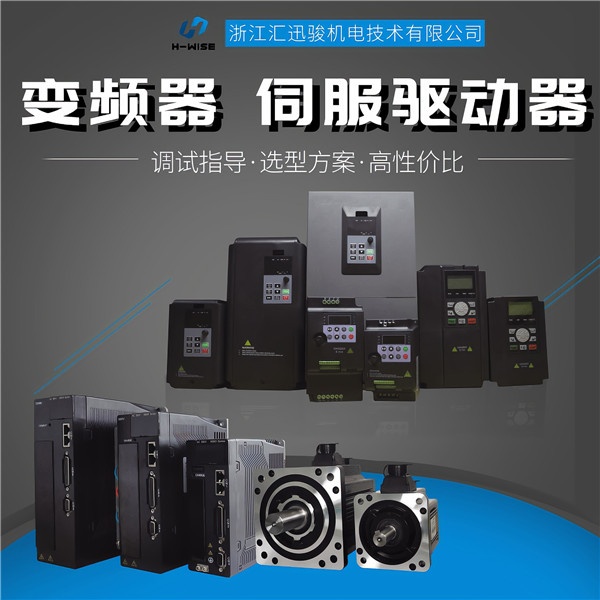News
More timely and comprehensive understanding of our latest developments
1.nverter and servo common ground
The basic concept of servo is accurate, accurate and fast positioning. Frequency conversion is a necessary internal link of servo control, servo drive also exists frequency conversion (stepless speed regulation). But servo control of current loop speed loop or position loop are closed, this is a big difference. In addition, the structure of the servo motor is different from the ordinary motor, to meet the rapid response and accurate positioning. Now on the market circulation of ac servo motor for permanent magnet synchronous ac servo, but this kind of motor restricted by technology, it's hard to do a lot of power, more than 10 KW synchronous servo and expensive, so in the case of field application allows much by ac asynchronous servo, then a lot of drive is high frequency converter, with encoder feedback closed loop control. The so-called servo is to meet the accurate, accurate, fast positioning, as long as it meets the servo frequency conversion dispute.

Ac servo technology itself refers to and applies the frequency conversion technology. Based on the servo control of DC motor, it is realized by imitating the control mode of DC motor through the PWM mode of frequency conversion. That is to say, ac servo motor must have the link of frequency conversion: Frequency is 50, 60 hz power frequency ac rectifier to dc first, and then through a control gate of the transistor (IGBT, IGCT, etc.) through the carrier frequency and PWM control inverter for adjustable frequency waveform is similar to the cosine of pulse power, because the frequency is adjustable, so the speed of ac motor is adjustable (n = 60 f/p, n speed, F frequency, p pole log).
2.Different applications of inverter and servo
In the case of speed control and torque control, frequency converter is generally used when the requirements are not very high. There are also closed-loop position control by frequency conversion with feedback signal at the upper position, with low accuracy and response. Now some frequency conversion also accept pulse train signal control speed, but can not directly control the position.
Where strict position control requirements can only be used in servo, and the response speed of the servo is much greater than the frequency conversion, some requiring high precision and response speed servo control and can use the occasion of the movement of the frequency conversion control can almost all servo, the key is two things: one is the price servo is far higher than the frequency, the second is the cause of the power: The maximum frequency conversion can do hundreds of KW, or even higher, the maximum servo on dozens of kilowatts.